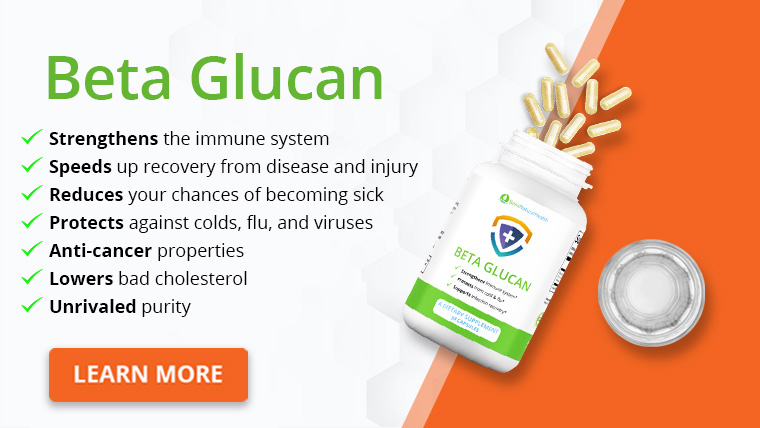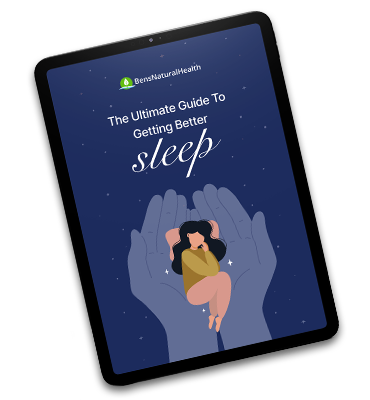Ice baths are a form of cryotherapy (cryo = cold) used with the aim of alleviating inflammation, pain, and muscle soreness.
Athletes often employ this technique with the hope of relieving delayed onset muscle soreness after a workout.
A cold ice-water bath involves complete body immersion in cold water for 10-15 minutes with deep breaths.
Exposure to a cold environment decreases core body temperature, producing many physiological and psychological health benefits.
However, some side effects and risks are also associated with ice baths, such as hypothermia, high blood pressure, and iceburns.
6 ways an ice bath can benefit your health
Ice baths have been associated with potential benefits related to mental and physical well-being:
1) Reduces inflammation and muscle swellings
Poor circulation and increased levels of certain inflammatory chemicals in the body are generally responsible for inflammation, leading to pain.
Research shows exposure to cold water in ice baths can decrease the inflammatory chemicals, reducing inflammation and swellings.
Moreover, cold temperature narrows the blood vessels, reducing the blood flow toward inflamed muscles.
Decreased blood flow in an already swollen muscle can also help decrease the swelling.
Furthermore, a study has revealed that cryotherapy can significantly decrease nerve conduction velocity (NCV), which is associated with increased pain tolerance and threshold.
Thus, ice baths can increase pain endurance and the body’s ability to cope with it.
2) Relieves muscle soreness
Although the exact mechanism is still unknown, soaking in ice cold water can help muscle recovery and relieve muscle soreness, particularly associated with exercise.
Most likely, ice baths reduce muscle soreness by increasing the removal of serum creatinine kinase (an enzyme responsible for muscle soreness) and decreasing the inflammatory response in muscles.
A systematic review also suggests that cold-water immersion can decrease delayed-onset muscle soreness (DOMS) after exercise compared to rest or other passive interventions.
Thus, soaking in a cold tub may not only help muscle recovery but also prevent exercise-induced muscle soreness.
3) Boosts the immune system
The evidence suggests that daily ice baths can stimulate the body’s immune response, enhancing the ability to fight pathogens and infections.
Cryo baths increase the levels of specific immune cells (including white blood cells and natural killer cells) that help fight infectious viruses and bacteria.
Moreover, daily brief cold stress (as it may occur in ice baths) can also increase the levels of specific cells known as T-lymphocytes in the body.
These cells act as anti-tumor cells, increasing the antitumor immunity and cancer survival rate.
4) Improves mental well-being and mood
Ice baths can be beneficial for maintaining good mental health and improving overall mood.
Exposure to cold water stimulates the body’s nervous system, improving the mood and adapting to mental stress.
According to a community-based study, cold-water immersion (at 20-30 C) for 20 minutes daily for four weeks can result in a significant decrease in mental stress, anxiety, depression, and quality of life.
Furthermore, it also facilitates the release of specific chemicals known as endorphins (happy hormones) in the body, responsible for good mood and happy feelings.
A study has revealed that ice baths cause a significant 250% increase in dopamine concentration, another hormone that plays a crucial role in mood elevation.
5) Helps you sleep better
Bathing in an ice bath before bed can help you sleep better because it decreases the body temperature, inducing muscle relaxation.
Taking a 5-minute ice bath before bed also stimulates the production of a hormone known as melatonin in the brain.
This naturally occurring hormone is responsible for sleep induction and better quality of sleep.
6) Help migraines and headaches
Ice baths can also help decrease the symptoms of migraines and headaches by constricting the blood vessels of the skull.
Moreover, exposure to cold water numbs the nerves of the forehead and surrounding areas, decreasing the transmission of pain signals to the brain.
Get Your FREE Sleep Guide
- Learn how to naturally improve your sleep
- Dietary recommendations, supplements, and lifestyle changes
- Developed exclusively by our medical doctor
Are ice-cold baths good for you?
Most studies reveal that ice baths can decrease the core body temperature, helping muscle recovery, sleep induction, and pain relief.
Considering its benefits, an ice bath can be very beneficial in the post-exercise and athletic atmosphere.
On the other hand, some studies suggest a need for impactable evidence of using cool-water immersion regularly during the pre-season or preparation phase of exercise.
Still, most of these studies admit that ice baths play a role in competition settings like cycling tours and athletic environments.
What temperature should your ice bath be?
Although there are no clear-cut guidelines for the exact temperature of an ice bath, it is generally believed to be around 10 to 15 degrees Celsius (i.e., 50-60 Fahrenheit).
Do not take the ice bath below 10 degrees Celsius thinking it will lead to more benefits because exposure to extremely cold water can lead to hypothermia.
Hypothermia is a life-threatening condition characterized by excessively low body temperature.
How long should you stay in an ice bath?
The most effective time to stay in an ice bath is 10-15 minutes because the effects usually vanish as the ice melts and the temperature rises.
Thus, there’s a simple rule of 10-15 for ice baths, i.e., 10-15 degrees Celsius for 10-15 minutes.
Avoid spending too much time in an ice bath because it can lead to hypothermia.

Tips for soaking in ice-cold water
Here are some tips that can be considered while taking an ice bath.
- Use a 3:1 water-to-ice ratio, as it takes about 10 minutes to achieve the required temperature of 10-15 degrees Celsius.
- Take deep breaths to allow more oxygen into the lungs and body tissues, encouraging muscle tissue repair. You can follow the 7-2-7 rule, i.e., breathe in for 7 seconds, hold for 2 seconds, and exhale for 7 seconds.
- Get ice bath slippers because they are made of wetsuit materials that can keep your feet warm during ice baths.
- Use a thermometer to achieve the ideal temperature when taking an ice bath at home.
- Immerse your entire body in the ice bath for maximum benefits rather than partial exposure.
Side effects and risks of ice baths
Old age, diabetes, and heart problems are the main risk factors for ice baths. Before taking ice baths, the following side effects and risk factors must be considered:
- Exposure to extremely cold environments like ice baths can lead to hypothermia. Mild hypothermia (32 to 35°C body temperature) can easily be managed; however, severe hypothermia (less than 28°C body temperature) requires immediate medical management.
- In some cases, ice baths may temporarily increase blood pressure, which can be a concern for individuals with heart problems and hypertension.
- Ice burns can also occur in ice baths if there’s a direct exposure to ice, particularly in people with impaired sensations.
Conclusion
Numerous studies have indicated the potential significance of ice baths in reducing inflammation, relieving pain, and improving muscle recovery, particularly after exercise.
Moreover, ice baths can also boost immunity and improve the sleep-wake cycle.
In addition to physiological effects, ice baths can reduce mental stress and maintain emotional health.
Nevertheless, it’s important to note that some studies emphasize the need for more conclusive evidence regarding the benefits of ice baths.
Furthermore, certain precautions should be considered to avoid the associated risks of ice baths, such as hypothermia and ice burns.
Explore More








